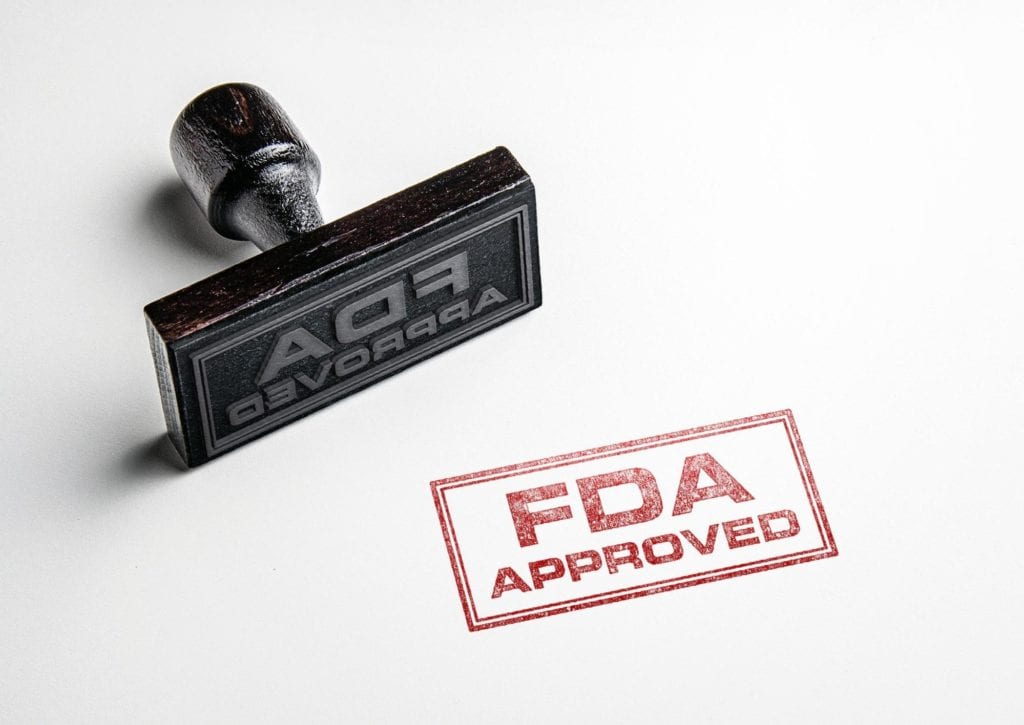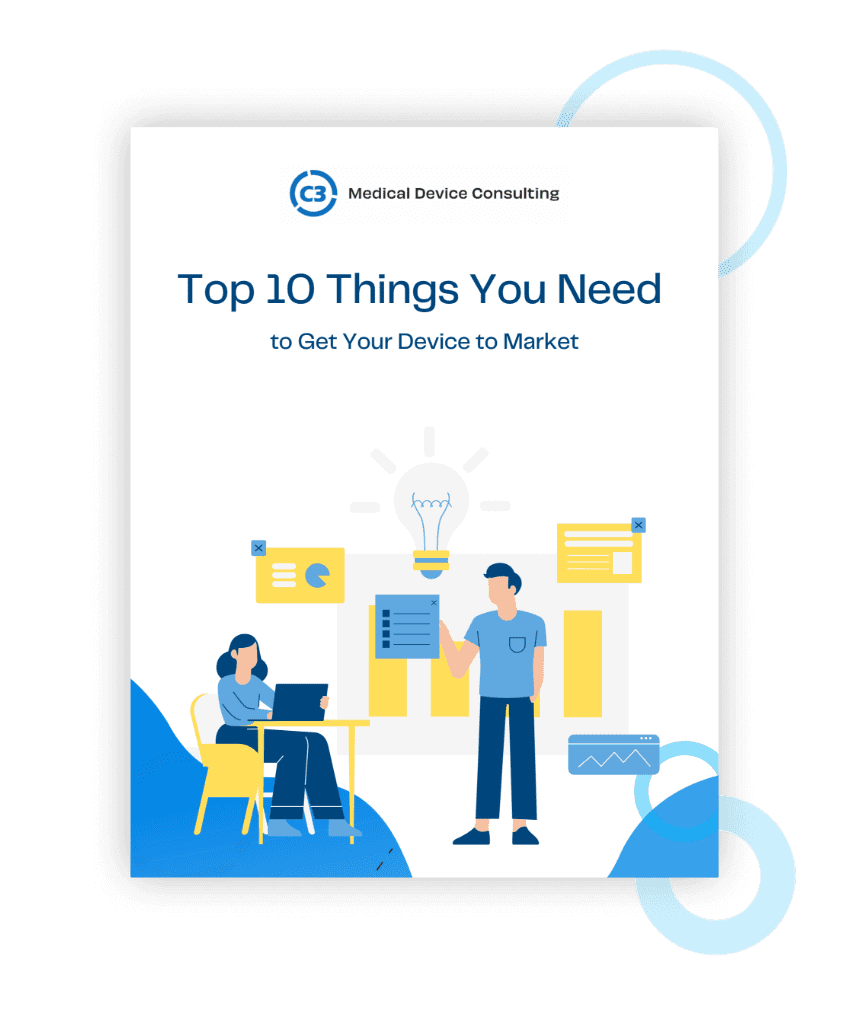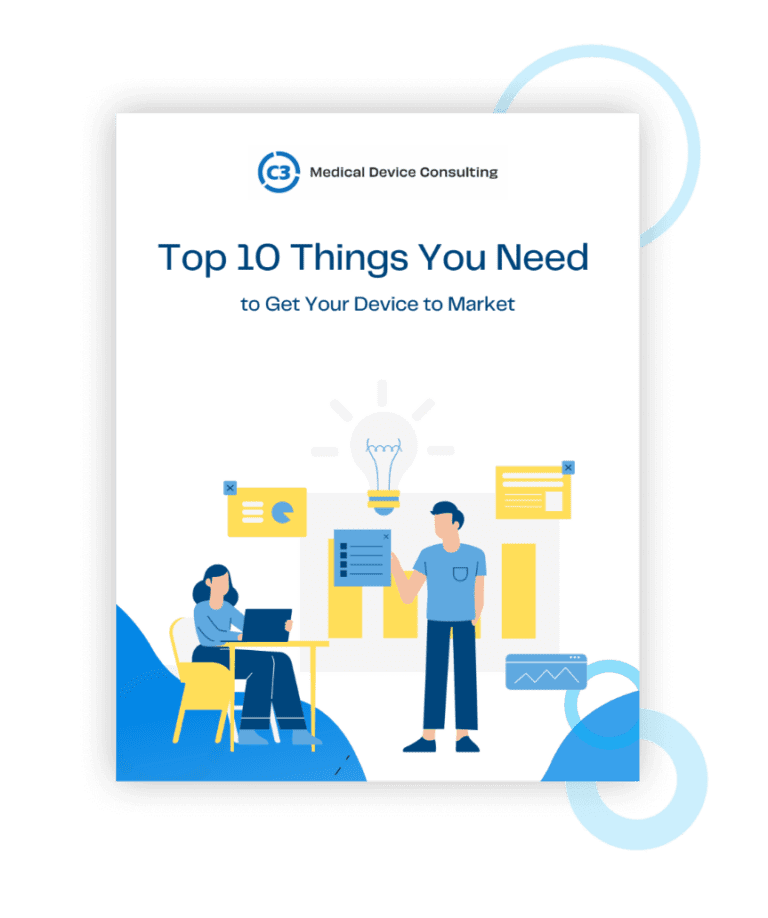The world of medical device development can be a tricky one. After all, the industry changes rapidly, and it can seem like there are no hard-and-fast rules for taking your medical device from inception to production. The good news is that there will always be some requirements you can count on. Use this checklist to help you navigate the FDA approval process with ease.
A 5-step Guide to Getting FDA Approval
Whether this is the first product you’ve presented to the FDA, or you’ve already presented multiple products, this checklist will help you cover all of your bases as far as medical device development is concerned:
- Classify the device. You first need to determine what kind of equipment you want to bring to market. Keep in mind that the FDA has classifications for more than 1,700 different types of devices, all of which are grouped into 16 different medical specialties that are known as panels. To determine your classification, you’ll have to think about the intended use, risk factors, and indications for the use of your product.
- Identify your pre-market submission. The pre-market submission you identify depends on the classification you decided on in the last step. Generally speaking, your medical device will be identified as one of the following:
- De Novo Classification Request
- 510(k) Third Party Review Program
- Humanitarian Device Exemption
- Pre-market Approval (PMA)
- Pre-market Notification 510(k)
If all of these classifications seem like jargon to you, don’t worry — a medical device design team can help you make heads or tails of it all and keep you on the right track.
- Prepare your submission. This is the step where you include all the essential information about your medical device. The information should consist of detail about the nonclinical testing, clinical evidence, labeling, and design controls. If you’re producing what’s considered a high-risk medical device, you may also need to include additional information.
- Send your submission to the FDA. Once you gather all the essential information, it’s time to submit it to the FDA so their teams can review it. To do this, you’ll need to submit an electronic copy and any requisite fees. Once the FDA receives your submission, they will review it – a process that can last up to 180 days.
- Register and list your device. The final step in the process is to register your establishment and its medical device with the FDA. Do note that registering your device doesn’t mean it’s actually been cleared or approved by the FDA. It just means you’re well on your way to successfully launching your medical device!
While the registration process seems intimidating at first glance, following these five steps can really help you break it down into manageable chunks. Once you’re finished, you’ll have an FDA registered device that is ready to go to market.
Streamline the Approval Process
FDA approval is a critical step for any company that wants to take a medical device to market, from small startups to large corporations. By following the five steps listed above and ensuring your device meets additional FDA requirements, you’ll be on the path to a successful launch of your product. If you’re overwhelmed at the prospect of having to handle the FDA process yourself, or the whole medical device development journey, get in touch with our team of experts today. We’ll help you move your product from conception to production so you can realize your medical device!










